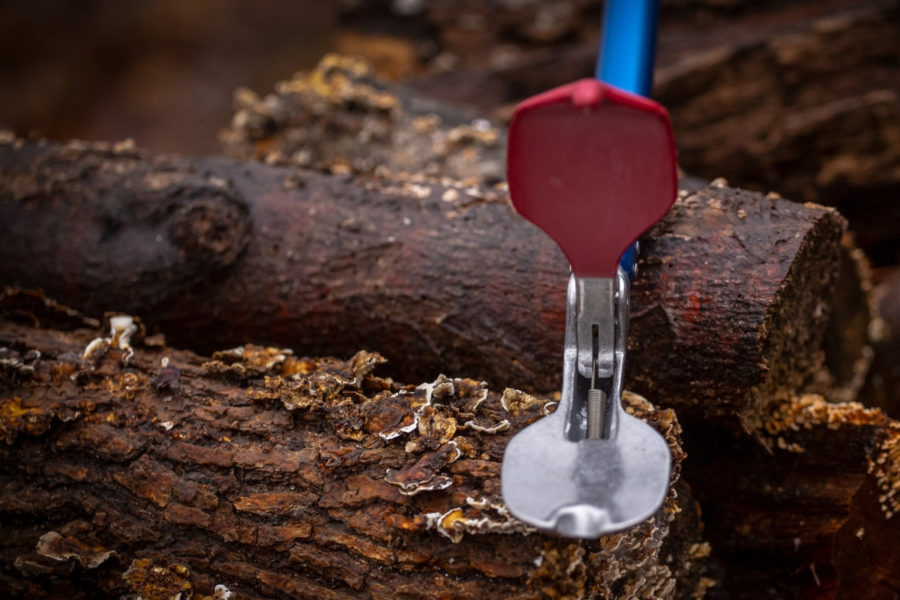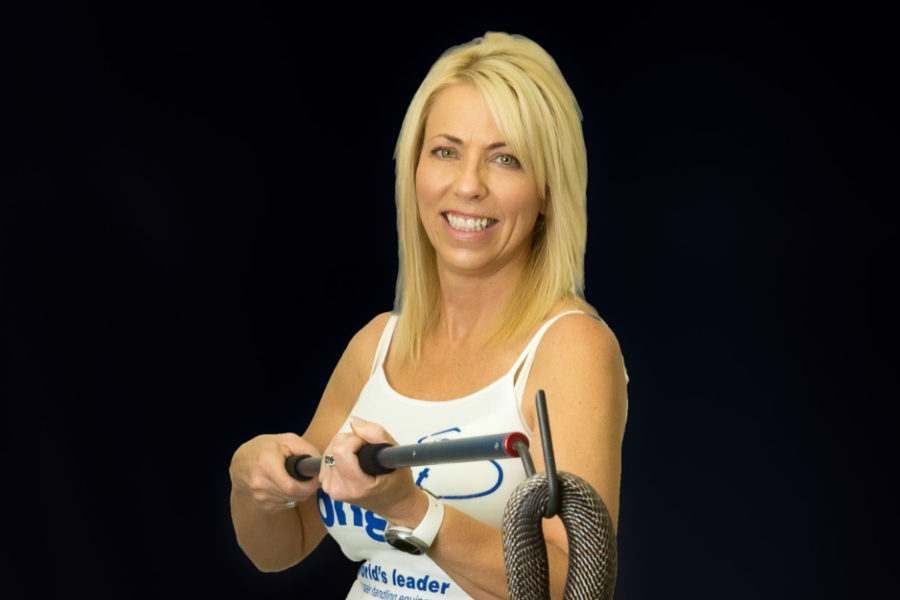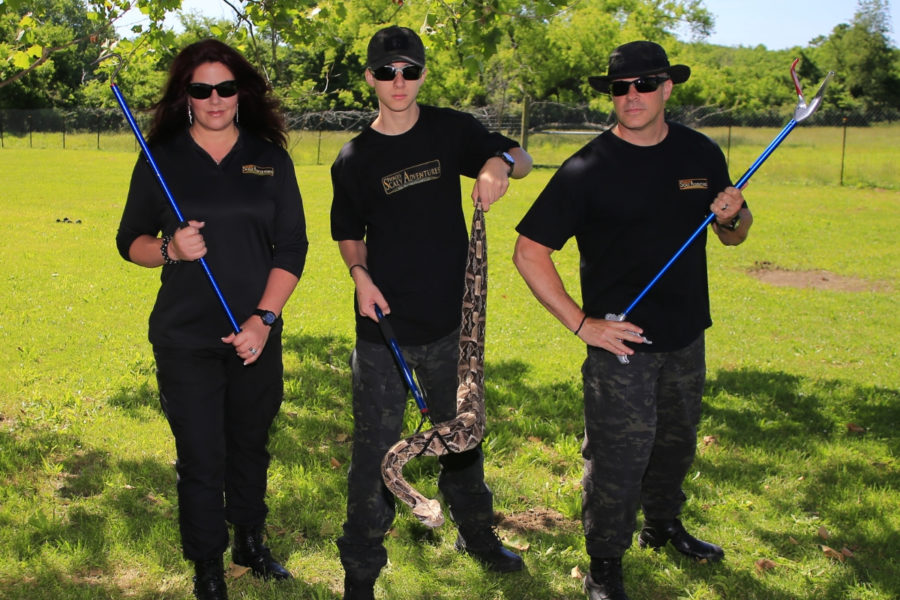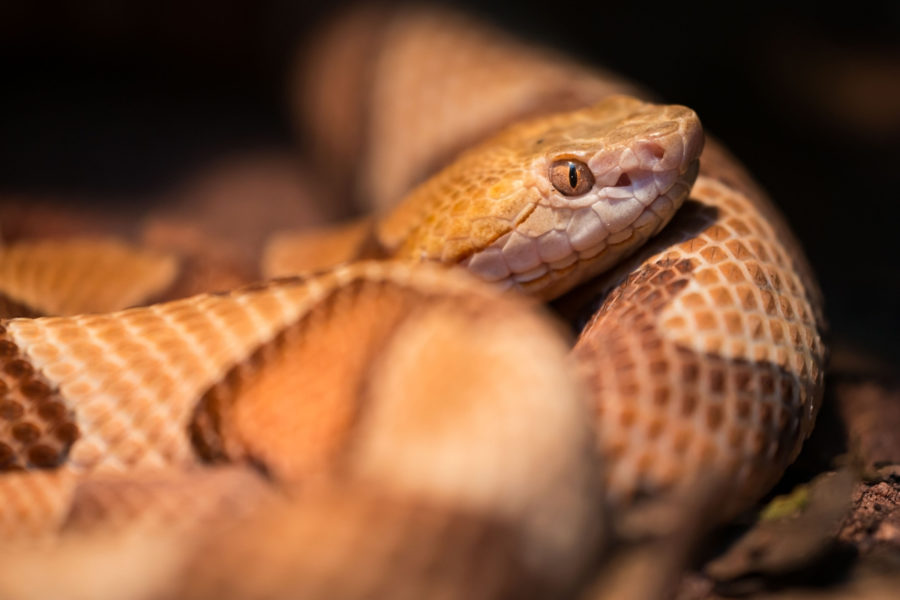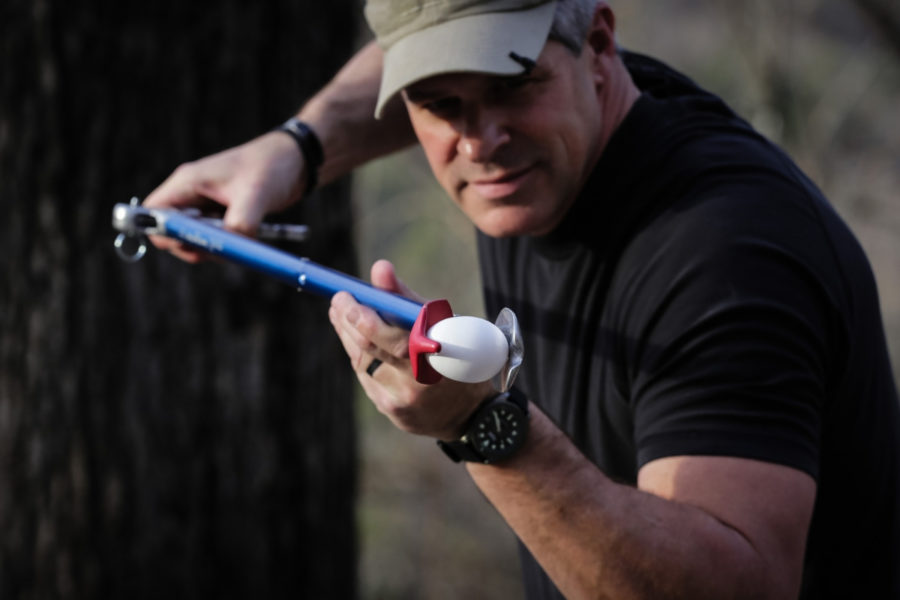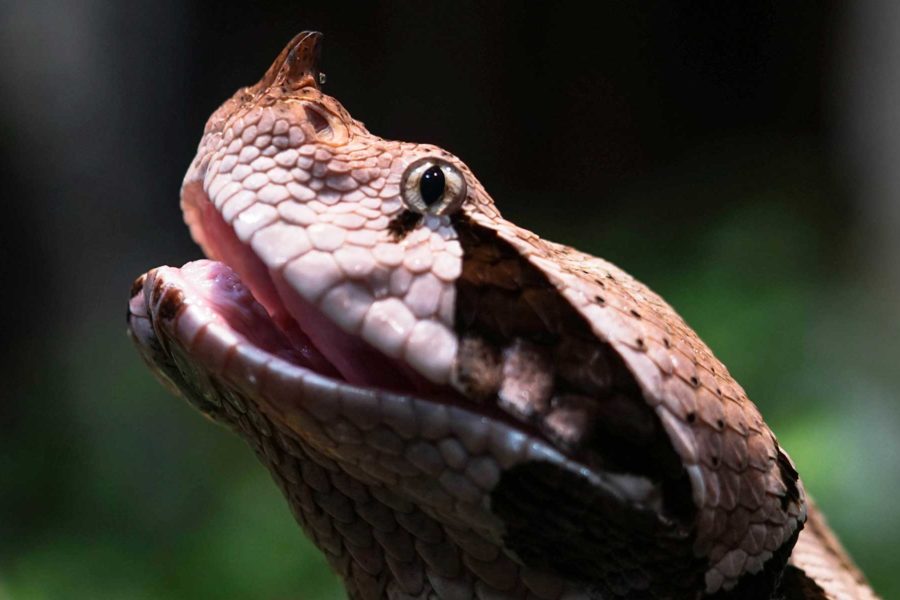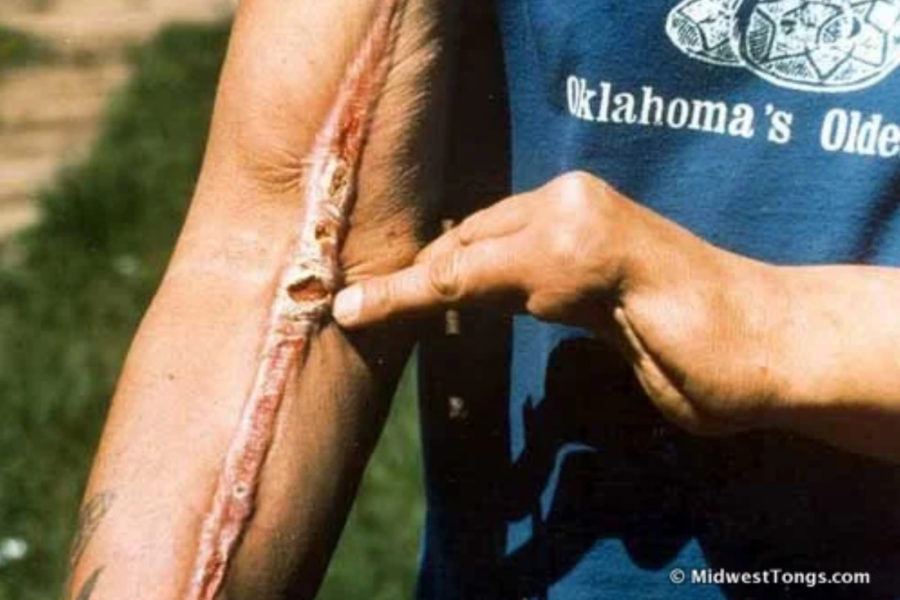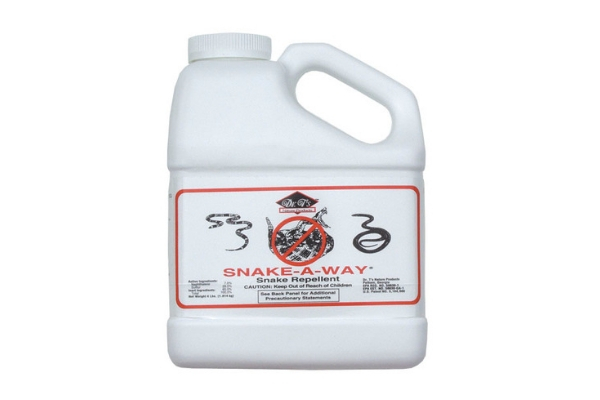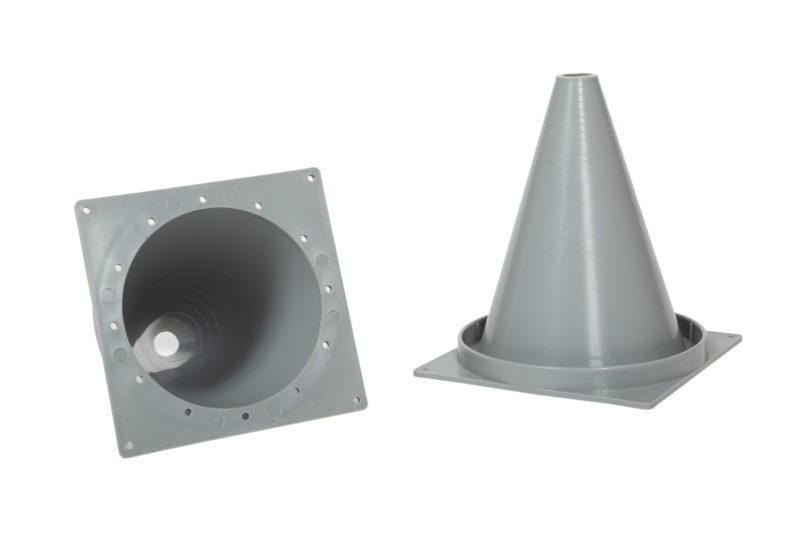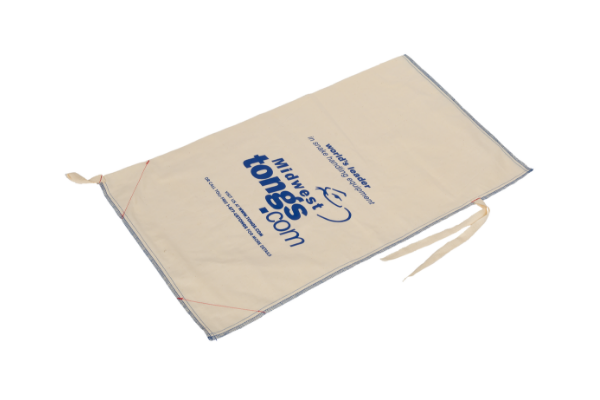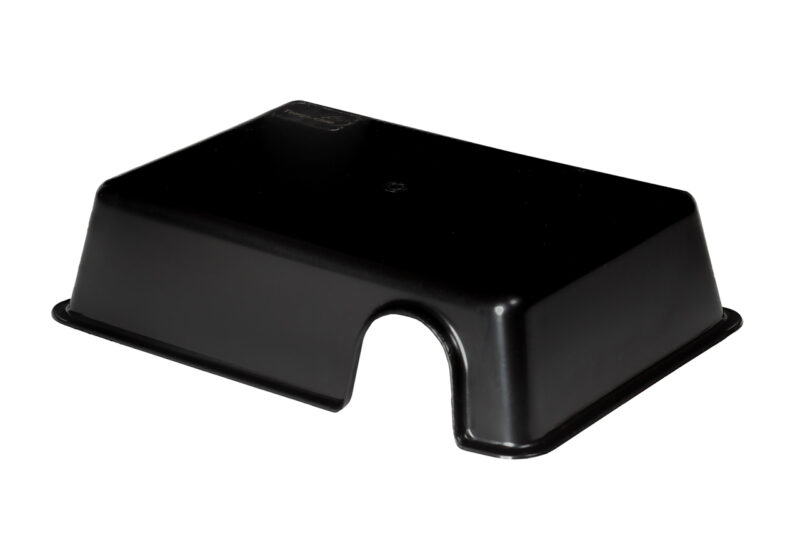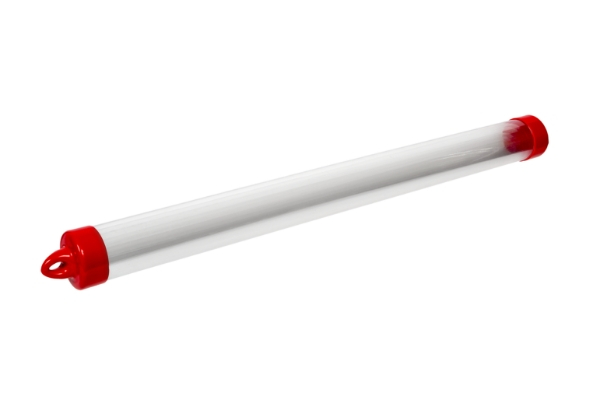Description
Unique – only Snake Repellent in the World. Highly effective on venomous and non-venomous snakes! Effective repellent for 2 to 3 months – not destroyed by rain! University tested, EPA Registered and a patented product. As a snake approaches the product, its sensory perception is alerted and the snake turns away leaving the area.
Snake-A-Way is the worlds only EPA approved, university tested, patented snake repellent. It has been proven effective against both venomous and non-venomous snakes. When used and applied as directed it is safe to humans, animals and plant life. It has been universally approved and endorsed by naturalists, conservationists, and ecologists.
Does Snake-A-Way Really work?
You can be confident with the use of SAW. It’s efficacy reached over 83% in laboratory testing and is at almost 100% with field studies that all four branches of the military ran during the Gulf War.
Dr. T’s utilizes the knowledge about the snake’s Jacobson’s organ and interference with the snake’s sensory reception ability. In simple terms, the snake’s nervous system is temporarily shut down.
Naphthalene, a volatile product, and SAW’s active ingredient vaporize, it is brought into the sensory receptor (Jacobson’s organ) and creates an immediate interference that is repressive enough to close down the sensory system and scare the snake into a hasty retreat. It was found to be so effective that it protected our military during the gulf war from sand vipers and cobras. You can be confident in it’s ability to do the job.
Snake-A-Way like many other established American products such as Listerine, Bayer Aspirin, and Coke Cola was developed by a registered Pharmacist. Pharmacist-inventor James B Tennyson spent more than 15 years researching, testing, and developing this uniquely American product.
Extensive university level testing was conducted by Dr. Harvey Lillywhite, an internationally recognized Zoologist at the University of Florida. We expect that there will never be another repellent developed by ourselves or any other company that will be as effective as Snake-A-Way. The reason is simple SAW is not obnoxious, irritating nor a bitter substance that may be overcome, we cut their lights off!
TESTING
Excerpts from The University of Florida (EPA Testing & Protocol) Effectiveness tests were conducted by Dr. Harvey Lillywhite, Professor of Reptology, University of Florida. Dr. Lillywhite is internationally recognized as one of the worlds leading research reptologists. Over ten years of independent research and follow-up tests were also conducted by DR. T’s Nature Products. Inc. The effectiveness of the repellent is demonstrated by the following experiments performed with various species, and the products has been found to have a rate of efficacy that varies from 17% to 100% depending on the individual species.
87.5% Agkistrodon contortrix Copperhead
75% Coluber constrictor Black Racer
91% Crotalus adamanteus Eastern Diamondback rattlesnake
91% Crotalus atrox Western diamondback rattlesnake
91% Crotalus horridus Timber rattlesnake
91% Crotalus lepidus Rock rattlesnake
91% Crotalus ruber Red diamondback rattlesnake
91% Crotalus viridis Pacific rattlesnake
17% Elaphe guttata Corn or red rat snake
21% Agkistrodon piscivorous Cottonmouth
47% Elaphe obsoleta Yellow rat snake
100% Heterodon platyrhinos Eastern hognose snake
100% Micrurus fulvius Eastern coral snake
50% Python molorus Burmese python
100% Thamnophis marcianus Checkered garter snake
In as much as the normal behavior of snakes is to move slowly in a deliberate and investigatory manner, the experiments were devised to test the snakes responses to the repellent in as near to normal conditions as possible. In use, the granular product is spread on the ground across an area where it is desired to prevent or discourage snakes from entering. Preferably, the granules should be spread in a strip 10-30 centimeters wide, although generally the wider the strip the better. In this manner, an odor barrier is provided that snakes are reluctant to cross. Additionally, a smaller amount of the product may be scattered in a diffuse or non-continuous manner just beyond the strip, on the side away from the area to be protected. This added scattering of the repellent serves to lessen the probability of occasional snakes wandering beyond the strip. After 2 months, a group of 16 snakes was again re-tested. In this test, the branches of the “Y” were reversed, so that the repellent strip was at the branch opposite from that in the previous test. Moreover, the repellent used was five weeks old ( i.e., it had been on the ground outside, but protected from heavy rainfall). Eleven snakes exhibited overt avoidance of the of the repellent, and four snakes crossed the repellent. Two of the snakes which crossed the repellent exhibited avoidance behavior first, eventually moving across the repellent strip while rubbing the head against the ground, seemingly attempting to escape from the repellent. Repelled snakes showed no hesitation to enter the opposite (benign) branch of the “Y”.
CONCLUSION AND DISCUSSION
The principal conclusions from this study are as follows.
(1) SNAKE-A-WAY repels snakes.
(2) The efficacy of the repellent varies with taxon: some species are repelled with remarkable effectiveness, while others are not. However, all species tested, exhibited some degree of behavioral avoidance of the repellent.
(3) There are circumstances in which individual snakes of all species tested will cross a strip of repellent, so the product cannot be regarded as an absolute barrier to these reptiles. Such situations are expected to be rare in natural environments, however, and
(4) Use of the product can be expected to reduce significantly the occurrence of snakes within areas that are to be protected by recommended use of the product.
Typical behavior involved jerking the head away from the repellent after approaching it with the tongue flicks, then crawling away, often rubbing the sides of the head along the ground for a brief period.
In one case the body of the snake started writhing after contacting the strip of repellent. These behaviors were common and receptacle, and they occurred in some individuals as they approached the repellent from distances of 10-15 cm. Four snakes were re-tested two consecutive times, and all repeatedly avoided the repellent.
In various ways, it seems likely that a diffuse scattering of SNAKE-A-WAY pellets over the area beyond the strip would have caused the snake to eventually leave the area. Such procedure might also enhance the effectiveness of the product on substrates that are coarse-grained or uneven.
Considering all the data, the fundamental conclusions regarding efficacy remain the same. SNAKE-A-WAY should significantly decrease occurances.
Copperheads were strongly repelled by SNAKE-A-WAY, while the related cottonmouths were not. This result is interesting insofar as cottonmouths inhabit swamps and readily feed on carrion. It is possible that the sulfurous smell of the repellent is normally encountered by the latter species, either in parts of the natural habitat or during carrion feeding, or both.
